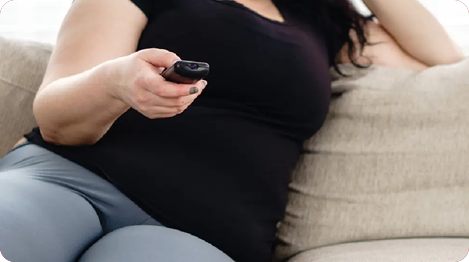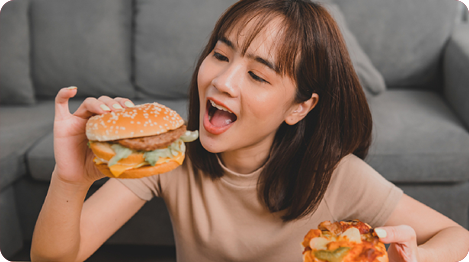What is Lipocavitation (RCL)
Struggling with stubborn fat that won’t go away even with diet and exercise? Lipocavitation (RCL) is a painless, non-surgical body slimming treatment that targets those hard-to-remove fat deposits. Using advanced ultrasonic technology, this treatment melts away fat cells, helping you achieve a slimmer, more toned appearance without the need for surgery or downtime.

Body Slimming & Body Contouring Treatment
Lipocavitation (RCL) is a cutting-edge body slimming treatment that utilizes low-frequency ultrasound waves to break down fat cells in specific areas of the body. These fat cells are then naturally processed and eliminated by the body’s lymphatic system. Unlike traditional body slimming methods, lipocavitation allows for targeted fat reduction without any invasive procedures. Whether you’re looking to slim down your abdomen, thighs, or arms, Lipocavitation provides an effective and painless solution to contour your body and reduce stubborn fat.
What Causes Stubborn Fat Pockets?

1. Genetics
Genetics determine where your body tends to store fat, meaning some people are more prone to accumulating fat in areas like the belly, thighs, and arms, no matter how hard they try to target those spots with diet and exercise.

2. Hormonal Changes
Hormonal fluctuations during periods like puberty, pregnancy, or menopause can affect how your body stores fat, often resulting in an increase in stubborn fat pockets that are difficult to shed.

3. Sedentary Lifestyle
A lack of physical activity can contribute to the accumulation of fat, especially in areas that are more prone to fat storage. Without regular exercise, fat can build up and make it harder to achieve a toned body.

4. Poor Dietary Habits
Unhealthy eating habits, such as consuming too many processed foods or high-calorie snacks, can lead to fat accumulation in specific areas of the body, creating pockets of stubborn fat that are resistant to traditional weight loss methods.

5. Stress
Chronic stress can increase cortisol levels in the body, which is linked to fat storage, particularly around the belly. Elevated cortisol can contribute to the development of fat pockets that are hard to get rid of.

